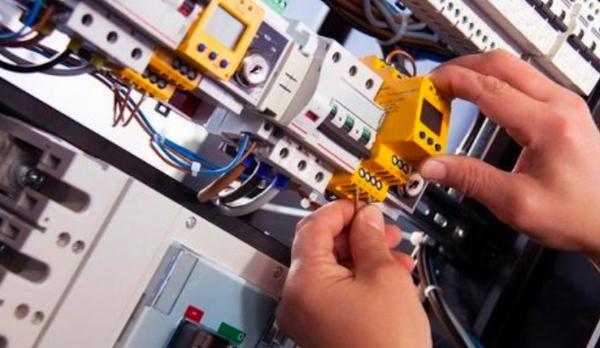Australia is the lucky country, especially when it comes to renewable energy.
We have all three of the major factors for utilising renewable energy: an abundance of sun and some of the most reliable winds in the world; access to the most advanced technology; and, even if it sometimes doesn’t look like it, we have a stable political system that allows investment in new energy sources.
So it does not come as a surprise that renewables, both on a residential and industrial scale, have been a great success in the past decade. This rise of sustainable energy has not been without challenges for our electricity networks though, and in many ways they have been overtaken by this success.
In some areas we now have periods when solar generates more power than we require and our local network is trying to feed electricity back into interstate transmission network.
Our electricity grid was originally built for large, centralised power plants and it can only handle a limited amount of supply from other sources. While this may not be an urgent issue yet, our grid is slowly reaching saturation and if we don’t start to use the grid in smarter ways we’ll eventually hit its limits.
A smart grid includes shifting our electricity use to times when surplus electricity is available and reducing it during times of limited supply. The basic idea is not really new. Many households have electric hot water systems that are remotely switched on when surplus electricity is available. Originally this had been used to provide coal power plants with some basic load to keep them running during the night but the network has lost much of this control, because many smart PV owners now control their hot water systems with a timer to charge it with free solar power.
Remotely controlled hot water systems have been a great tool to stabilise our network for a long time and with today’s technology and the internet that control can be much more dynamic and sophisticated. Heaters, coolers and pumps can be controlled to use energy when it is available. Batteries can be used to store energy during the day and supply it back to the grid at night and solar inverters can have their output dynamically regulated to supply only what the grid can handle.
Many network operators, including Energex, are currently trying these Dynamic Operating Envelopes at test sites with very promising results.
The advent of electric cars means there are new challenges and opportunities on the horizon and our electricity network has to be prepared for it. A large proportion of today’s fuels will have to be provided in the form of electricity in the near future and, if not done smartly, this could become a major challenge for our electricity supply. Luckily, electric vehicles come with some built-in solutions too. They can offer a number of grid services by storing electricity temporarily and with dynamic operating envelope control they can reduce the load on the network by deferring their charging to times of high supply.
EVs have large batteries that can be used to store electricity from our solar systems or the grid during the day and then power our homes during the night. They can even offer backup power for power outages. This service is called vehicle to home/business (V2H, V2B). An extension of this can be the vehicle to grid (V2G) service where large numbers of EVs are managed remotely to use part of their batteries to store electricity during the day and supply it back to the grid at night. Because of the fast response of those batteries, V2G could also provide services to stabilise the network if sudden changes occurred.
The technology to make our grid smarter is available today and it’s improving at a rapid rate. It has the potential to increase our use of renewable energy and reduce the need for large investment in the electricity network. But a smart grid will also require smart tariffs to be viable and that is still the elephant in the room. The current electricity tariff structure discourages or even inhibits smart technology and makes it nonviable for the owners of batteries, EVs and solar systems to participate.
A real smart grid will have to treat all participants as partners and reward them for their contribution.
Check out zeroemissionsnoosa.com.au for more information.
Thorsten Kels for Zero Emissions Noosa Inc








